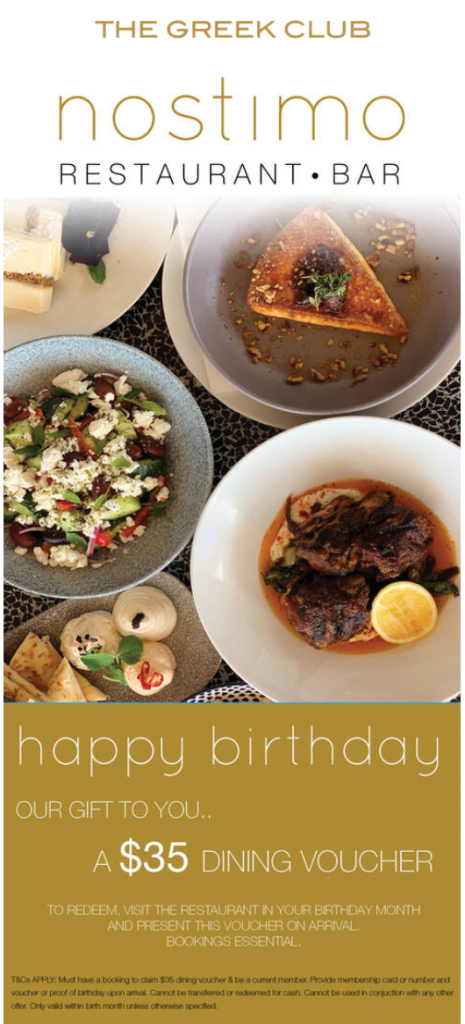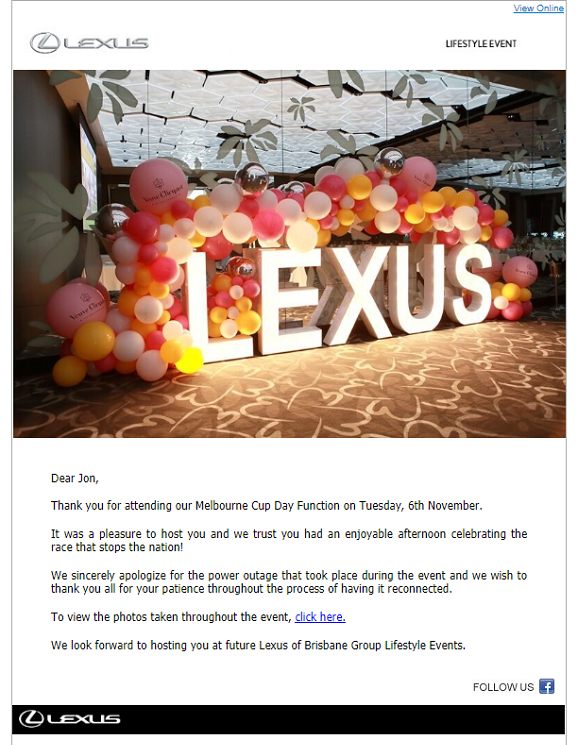While first impressions are important, no one’s going to throw all their eggs in one basket based on their first thoughts alone. It’s never an exclusive relationship. Your potential prospects are most likely dating you and your competitors at the same time. And ultimately their final decision will all come down to trust.
Unfortunately, spammers have long-before tainted the reputation of email marketing, demonstrating to many people the dangers of being way too trusting. So the challenge remains: How can you leverage email to win over your quality leads?
The answer: Lead nurturing emails! The beauty of lead nurture emails is their highly customised nature, allowing you to guide your potential customers through each phase of the sales funnel. They also tend to receive 4-10 times the response rate compared to your one-off email blasts. This means you should be taking this opportunity to inject some life into your lead nurturing campaigns to spark more engagement.
To help you get the most out of your email automations, here’s 5 types of lead nurture emails you need to help guide your quality leads through to the final stage of the funnel (plus, some real-life examples for some inspo)!
Top-of-the-Mind Campaign
These emails should be geared towards your subscribers who are still in the “umming and arring” phase of the funnel. Unfortunately, a top-of-the-mind nurture campaign doesn’t take place overnight— it takes place over time. This means you might want to consider sharing content like webinars, research-based blogs, whitepapers, case studies, customer reviews, industry trends or helpful infographics. This will ensure you not only stay relevant in your customers’ inbox but also remain at the forefront of their mind.
Resimac Group, an Australian non-bank lender, uses their beginning of the year email sends to get their customers thinking about reviewing their insurance policy, whilst also providing non-sales related resources as a strategy to facilitate trust with their subscribers.

Re-engagement Campaign
Unfortunately not all your lead prospects make it to the final destination of purchase. They may have decided to take a sharp U-turn towards the direction of your competitors, choosing not to give you a second thought. But just because you haven’t heard from them in while, doesn’t mean they aren’t a viable lead.
The secret to winning them back is picking the right moment to re-open the channel of communication. That’s why it’s important to look out for the right trigger points to spark interest in your inactive subscribers.
Examples of triggers that you could you use as a good conversation starter:
- Industry trends, new technology, or a significant event. Take this opportunity to showcase your wealth of knowledge and provide research-rich content that will be helpful to your readers.
- If you’ve recently launched a new website, product or feature, take the time to share this exciting news with your subscribers. This latest addition may actually be answering some of their prayers and common pain points.
- New company initiatives, like a move towards sustainable practices. This may spark interest with subscribers sharing the same cause or even inspire some to take action. The key here is to be genuine and not just bandwagoning (which can cause more harm than good).
- Got an exciting event like an anniversary or a birthday coming up? It’s time to celebrate it with a new promo code, flash sale or giveaways!
The Greek Club sends a happy birthday trigger email campaign to their subscribers, gifting a $35 voucher to one of their restaurants. This type of personalised gesture not only boosts your email engagement rates but also strengthens your brand affinity.

Post-Event Campaigns
If you’ve ever hosted an event like a tradeshow, conference or webinar, chances are you’ve had a lead nurturing email series in place. The stock-standard ‘thank you message’ followed by a bombarding of feedback survey requests are often ignored or thrown in the trash. Because let’s face it, nobody cares about basic emails.
While email automation is a great tool for your lead nurturing workflows, there’s nothing worse than receiving emails that look like an automation. Just because your triggered email series is automated, doesn’t mean you can’t breathe a little personality into the content and design.
Make it personal and genuine, so your readers feel like they are communicating with an actual human being and not a robot. Provide access to resource materials, key takeaways or photos. Adding value to your emails tells your subscribers that you care and that they can rely on your emails for relevant content.
Lexus uses their post-event email nurture as an opportunity to share event photos. This allows attendees to relive the entire experience through their website and social pages, which may even translate into a potential touchpoint later down the track.

Welcome Email Campaigns
Congratulations! You’ve successfully nudged your potential prospects through the final stage of the funnel. Now it’s time to give them the grand tour of your product or service. But be careful not to drown them with information as soon as they walk through the door. Introduce an email nurture campaign that guides them through their onboarding journey at a comfortable pace.
Your initial welcome message should be introducing your brand, including only the essential information. Then you can start following through with a welcome series. Give them a taste of what’s to come, showcase the perks, or share helpful resources to get them started. Little things like this will help reassure your subscribers they made the right choice in signing up with you.
The Glenlivet’s welcome email nurture allows consumers to get a feel for the brand and the product offering. But it also allows this hip whisky distillery to gain insight into their consumers’ preferences with an engaging infographic quiz. This is an effective strategy if you’re looking for ways to create highly personalised messaging for your email clients.

Upsell Campaign
These lead nurturing campaigns actually require minimal effort from your marketing team. Mostly because you’re tapping into your existing pool of customers who know and currently use your product or service.
The trick lies in creating a message that doesn’t come across too “sale-sy”. After all, who wants to listen to someone ramble on about how great they are. But if you really want to grab your customers’ attention, focus the topic of conversation on them. They are much more likely to hear you out and be open to what you’re trying to pitch.
Grammarly does a great job of disguising their sales email by recapping the customer’s journey and congratulating them on their performance so far. They only mention the benefits of upgrading to premium at the end of the message, awarding their customers with a special discount.




